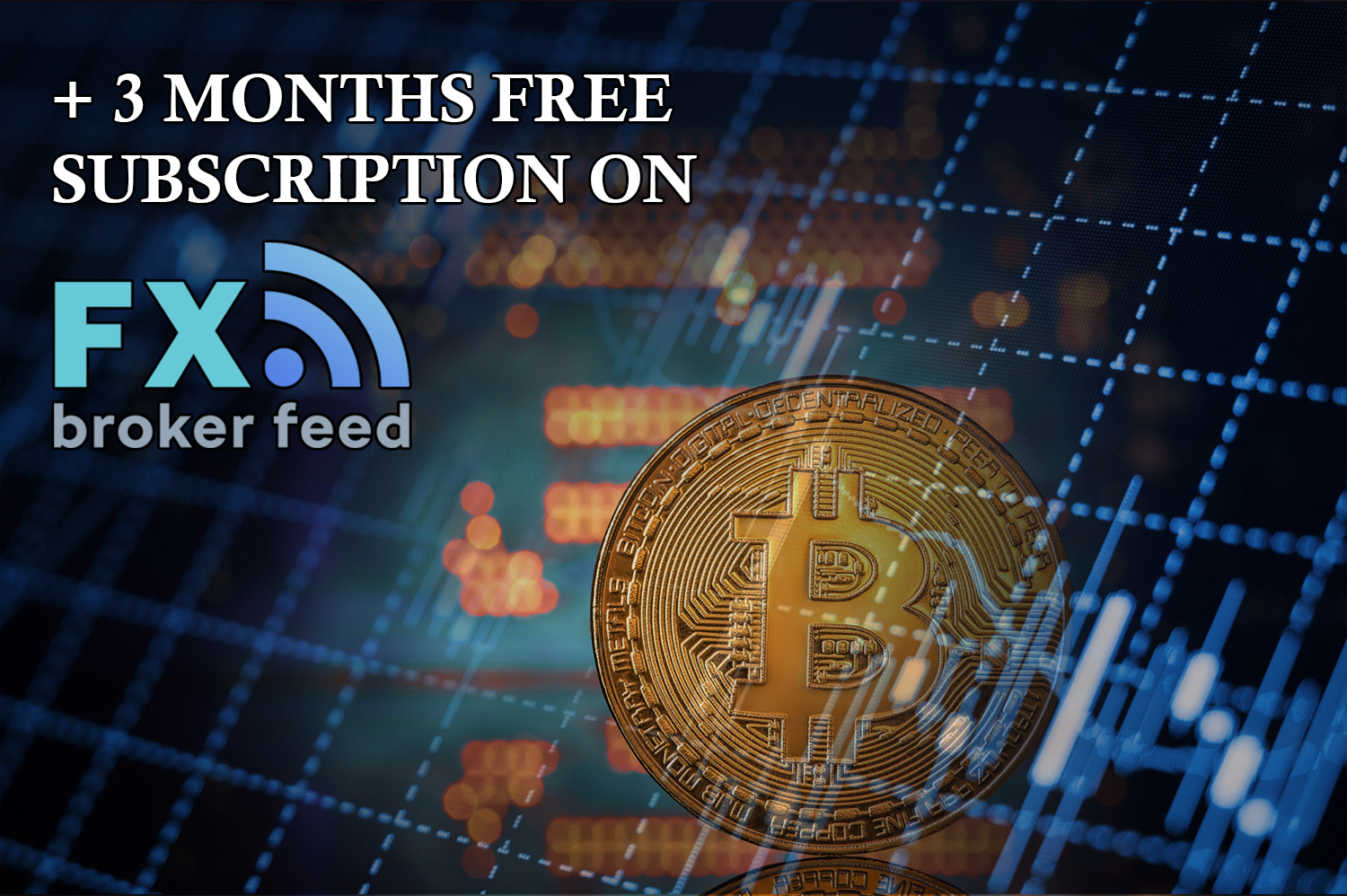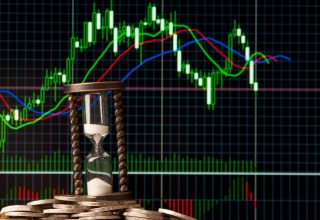
Overview
FXPlato is offering you a complete set of all of the available video lessons about forex trading with 3 months of free subscription on FXBrokerFeed.com
Acquire great knowledge and trading strategies by covering all of the videos in this bundle.
Course Features
- Lectures 66
- Quizzes 0
- Language English
- Students 4
- Assessments Yes
Reviews
Reviews
Average Rating
Detailed Rating
Curriculum
-
Basic Forex Education 12
The Foreign Exchange Market, also known as the Forex market is the biggest financial market in the world with an estimated four trillion dollars exchanging hands every day. As this Market is so liquid it allows for the buying and selling of foreign exchange at any given second. It allows very high Leverage, releasing the potential of high-risk trading, and a plethora of sophisticated financial products based on Foreign Exchange. Like trading any asset in the financial markets, it is important to know want you’re dealing with and get acquainted with various tools that are available to do so. There are many brokers in the Forex Market and many trading platforms one may choose to trade through. Every one of these options requires some thought as there are, in many cases, severe implications. As the Forex Market is the biggest and most popular in the world there are accordingly the lowest fees when entering and exiting the market than in any other Financial Market, thus adding to the Forex Market’s appeal. In this lesson we will learn the very basics of trading Forex. What does it mean to buy one currency and sell the other? How best should one utilize the tool of leverage? When should one enter a Forex deal and is there an ideal time to exit a Forex deal? What are the implications of interest rates in every conducted deal? How do I know if I want to trade short-term or long-term? How can I gain an advantage over other traders? How do the banks control and manipulate currency value? How can one understand the meaning of technical indicators? How might I interpret the financial news an economic data and keep up with the economic calendar? Who are the major players in this market and what is their share of the global turnover?
-
Why Trade ForexLecture1.1
-
When to trade ForexLecture1.2
-
Trading Terminology Or Where Am I Going LongLecture1.3
-
How To Trade With LeverageLecture1.4
-
Whats a PIPLecture1.5
-
How To Place A Trade In ForexLecture1.6
-
Types of Forex OrdersLecture1.7
-
Technical Analysis In ForexLecture1.8
-
Fundamental Analysis in ForexLecture1.9
-
Types of forex chartsLecture1.10
-
Support and Resistance in ForexLecture1.11
-
TrendlinesLecture1.12
-
-
Fibonacci 4
In this lesson we will be learning about the Fibonacci numbers. Fibonacci was an Italian mathematician famous for discovering the Fibonacci sequence. This is a miraculous sequence in which every number is the sum of the two preceding numbers. The series of numbers begins with 0 and 1 and when visualized it produces a spiral. It’s not the numbers themselves that are important but the ratio between them which is called the golden ratio. The golden ratio is said to appear throughout nature. The sequence is used in computer science in Optics, in distance calculation and conversion and in economics. thus, we shall demonstrate the usage of the sequence in the Forex Market. In this lesson we will give an example of how to apply the Fibonacci numbers to a financial instrument’s chart and consider the implications of this sort of analysis. The Fibonacci ratio is but one of many technical indicators and an extremely popular tool for predicting Market movements, especially price reversals.
-
FibonacciLecture2.1
-
Forex Fibonacci ExtensionsLecture2.2
-
Learn Forex Fibonacci Fan and ArcsLecture2.3
-
Learn Forex Combining Fibonacci with other technical analysis toolsLecture2.4
-
-
Understanding Candlesticks 13
Candlesticks are a very fundamental and powerful tool in technical analysis. They provide us with insight on market conditions and sentiment. They contain a deadly combination of factors: They show the opening price, the closing price, the highest price and the lowest price in a given time frame in a given asset, and combined with the volume data, they may be used to determine price reversals as well as long-term trends. Candlesticks emerged in the 17th century in Japan and it is believed that they were used primarily by rice traders. Over time they became the very basis of Japanese trading philosophy, and during the 1990s they were introduced to the west and ever since became the basis of trading worldwide. Nowadays they may be found in every trading platform and are very popular among traders of all assets.
-
CandlesticksLecture3.1
-
Doji Candlestick in ForexLecture3.2
-
Marubazu Candlestick in ForexLecture3.3
-
Hammer and Hanging Man CandlesticksLecture3.4
-
Shooting Star and Inverted Hammer CandlestickLecture3.5
-
Bullish piercing patternLecture3.6
-
Dark Cloud Cover PatternLecture3.7
-
Bullish and Bearish engulfing patternsLecture3.8
-
Tweezer Tops and BottomsLecture3.9
-
Morning and Evening Star PatternsLecture3.10
-
3 White Soldiers 3 Black CrowsLecture3.11
-
3 insideup 3 inside down patternLecture3.12
-
Rising and Falling Three MethodsLecture3.13
-
-
Chart formation patterns 13
In the financial markets and in the Forex markets in particular charts are a basic tool for conducting Trading. Charts may vary in their time frame, in their method of presentation of price actions, volumes and volatility of a given market or asset. in the following lessons we will get acquainted with the relative strength index, or RSI, the stochastic oscillator and the ATR- the average true range indicator. These indicators all the very basic technical indicators one may utilize to analyze the market. The RSI measures the strength or weakness of a given asset according to closing prices of a given period. The stochastic oscillator, developed back in the 1950s, aims to measure the momentum of a given asset according to support and resistance levels. The ATR was developed originally to measure the volatility of commodities yet today it is applied to a wide variety of assets. The ATR does not indicate which way the asset is going only the magnitude, or volatility, of that asset.
-
Forex Double Top and Double Bottom Formation patternsLecture4.1
-
Learn Forex Head and Shoulders PatternLecture4.2
-
Forex Inverse Head and Shoulders PatternLecture4.3
-
Forex Bull Flag Formation PatternsLecture4.4
-
Forex Bear Flag PatternsLecture4.5
-
Forex Bullish and Bearish Pennant FormationLecture4.6
-
Forex Falling Wedge PatternLecture4.7
-
Forex Ascending and Descending Triangle FormationsLecture4.8
-
Forex Symmetrical Triangle PatternLecture4.9
-
Forex Box RangeLecture4.10
-
Forex Cup and Handle Formation PatternLecture4.11
-
Forex Inverse Cup and Handle PatternLecture4.12
-
Forex Rising Wedge PatternLecture4.13
-
-
Forex Indicators 10
In this chapter we will be surveying the various Forex indicators that the Forex Market has to offer. Forex indicators are used in technical analysis to determine the ideal buying and selling points. Technical analysis is one of the methods to analyze the Forex Market and any other financial market too. Technical indicators track different properties of Forex assets such as volatility, volume, price direction, long-term trends and short-term trends. The other major form of analysis is the fundamental analysis of the Forex Market and when the two are combined they make a deadly combination.
-
Forex indicatorsLecture5.1
-
Forex RSI Stochastic OscillatorLecture5.2
-
Forex ATR Average True RangeLecture5.3
-
Forex Moving AverageLecture5.4
-
Forex Moving Average Convergence Divergence MACDLecture5.5
-
Forex Average Directional Index ADXLecture5.6
-
Forex Bollinger BandsLecture5.7
-
Forex Parabolic SARLecture5.8
-
Forex Ichimoku Kinko HyoLecture5.9
-
Forex Pivot PointsLecture5.10
-
-
Timing in Forex 2
It is well known that timing is everything, it is what determines a good joke and it is what determines, sometimes tragically, a good company. It is also in many cases what determines a good Forex deal. Although here timing isn’t everything, it is around 50% of what makes a good Forex deal. Many big companies throughout history have risen and fallen over this factor. In this lesson we will survey the implications of what good timing means in a Forex deal. Must one sit in front of the screen all day long in order to be able to respond to the market’s movements? What are the skills that one must acquire in order to determine ideal entry points and exit points? It is a known fact that the Forex Market, just like many other financial markets, can produce some very quick price movements. At times the Forex Market can also move extremely and agonizingly slow. In all of these scenarios one can make a profit, if it is by trading the assets themselves or the derivatives linked to these assets. What are the tools available for determining the correct timing of entering a Forex deal and exiting a Forex deal? What is the appropriate duration of a Forex deal? Where should one go for a short-term trade and where is it more accurate to go in for a long-term trade? How does the currency interest rate affect Forex deals in the short-term and the long-term and how might one take these effects into consideration? In this lesson we will see an example of how to manage an open position dealing with one quarter of the exposure at a time.
-
Timing your entries when trading forexLecture6.1
-
Timing your exits when trading forexLecture6.2
-
-
MT4 12
One of the best and most popular trading Platforms in the world is the Metatrader 4. The Metatrader trading platform, developed by Metaquotes back in 2005, is one of the first platforms to provide the end-user with the options to program trading robots, in addition to trading a wide variety of assets. In this lesson we will be viewing a tip of the iceberg of what the Metatrader trading platform has to offer. We will be setting up the system and then we will briefly view the basic workspace.
-
Getting Started With MT4Lecture7.1
-
Market Watch – BasicsLecture7.2
-
Chart Window BasicsLecture7.3
-
Terminal Window Basics – Part 1Lecture7.4
-
Terminal Window Basics – Part 2Lecture7.5
-
Navigator Window BasicsLecture7.6
-
Placing OrdersLecture7.7
-
Account History / Closed TradesLecture7.8
-
Market Watch DetailedLecture7.9
-
All About ChartsLecture7.10
-
Chart Window PropertiesLecture7.11
-
Indicators and ScriptsLecture7.12
-


